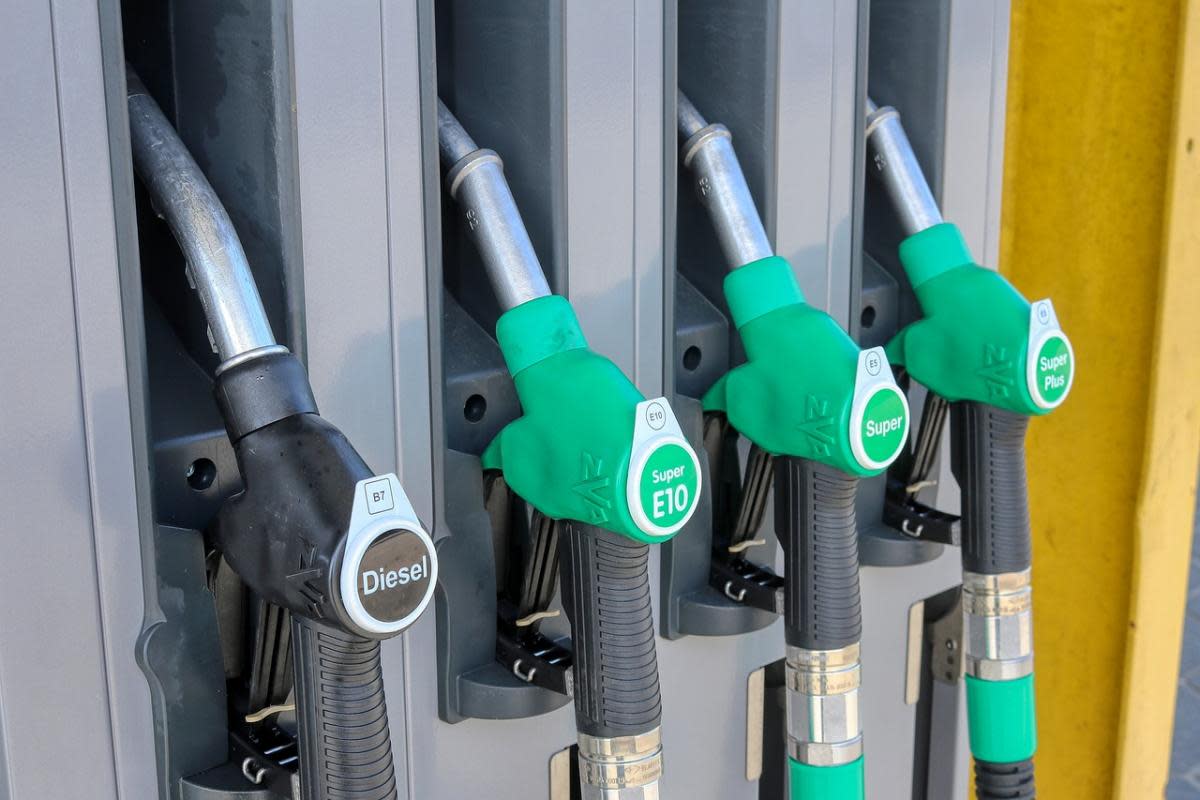Accelerate your savings: Make your fuel go further with 7 motor expert tips

As living expenses climb, maintaining a consistently filled vehicle can strain budgets, particularly for daily commuters. While seeking out the most economical fuel options helps, significant savings can also come from tweaking your driving habits.
Driving experts from private hire specialist Zego, have revealed their top tips for achieving greater fuel efficiency and long-term savings on driving costs.
Avoid idling for extended periods
Idling refers to when you keep your engine running while your vehicle is stationary. If you are in traffic that has been at a standstill for more than a minute, consider switching off the engine until you are able to start moving again.
A common misconception is that turning your engine on and off burns more fuel than leaving it idling, but this simply isn’t the case. Many modern cars now feature ‘stop start’ technology to automatically switch the engine off when at a standstill to reduce fuel consumption in the same way.
Plan your journeys
It may sound obvious, but where possible try to combine multiple trips into one journey, rather than doing several smaller ones. Not only should this save you time, but it can also help to conserve fuel since the engine is already warm, so you won’t have to do several cold starts.
If you aren’t in rush, try using Google Maps to find the greenest route for your car’s fuel type. It will suggest a route with fewer hills, less traffic and more constants speeds, while adding just a couple of minutes to your journey.
Avoid frequent accelerating and braking
Every time you brake and accelerate again, the engine uses up more fuel. If you see traffic up ahead, try to slow down early by coming off the accelerator while keeping the car in gear. The traffic may have started moving again by the time you approach the vehicle in front, so you can then change gear and carry on driving.
Driving at a constant speed on motorways or dual carriageways, should also help to preserve fuel, rather frequently speeding up and slowing down. If your car has a cruise control feature aim to use this where possible to stick to a consistent speed.
Cutting your speed can also help to cut fuel consumption. According to the AA, dropping from 70mph to 60mph on major roads can cut fuel consumption by around 9%, and you may also be able to react more quickly to potential hazards.
Check your tyre pressure
Keeping your tyres in good condition is essential because they are the only part of your vehicle in constant contact with the road. You should aim to check them at least once a week for any damage and to ensure they are at the correct pressure.
Underinflated tyres can have a large impact on fuel consumption by creating more resistance when the car is moving. This uses up more fuel due to the engine needing to work harder simply keeping your tyres at the correct pressure can have a huge effect on how much fuel you save when driving.
Work the gears
If you have a manual car, make full use of the gears by changing them when it is most effective. When slowing down, it is important to remain in gear, as the fuel cut-off switch in a fuel injection engine is activated, meaning little to no fuel is used while braking.
You should try to stay in high gear as much as you can, while adhering to the speed limit, and avoid straining the engine by being in high gear when a lower gear is needed. Changing the gears up and down when the engine is not fully engaged can also use up unnecessary fuel.
Energy Saving Trust recommends shifting to a high gear early when accelerating, usually at around 2,000 to 2,500 revs per minute. They also suggest skipping gears when appropriate, like from 3rd to 5th or 4th to 6th.
Open your windows and switch off your air conditioning
Driving with the windows open versus having the air con on is a highly contested topic when it comes to their effect on fuel consumption. However, one 2013 study from the Society of Automotive Engineers (SAE) found that cars traveling between 40 – 70mph with the air conditioning on actually use more fuel than having the windows open at equivalent speeds.
This can add up with prolonged air con usage across a hot summer, especially when driving regularly for work or leisure. Therefore, if it’s warm and you’re looking to save fuel, this research suggests opening the windows is a better option than blasting your A/C.
Remove weight and reduce drag
The weight of your vehicle can negatively affect how much fuel you use, as your engine needs to work harder, so consider removing any unnecessary items from the boot, footwell and seats. This could include items such as sports equipment, tools or heavy items of clothing.
Consider removing anything that creates unnecessary air resistance and causes drag on your vehicle. Cars are designed to be as aerodynamic as possible, but unused roof boxes and bike racks can both have a negative impact, particularly at high speeds. According to the Vehicle Certification Agency, a roof box typically adds around 22% to fuel consumption at 62mph and 39% at 75mph.

 Yahoo News
Yahoo News 
